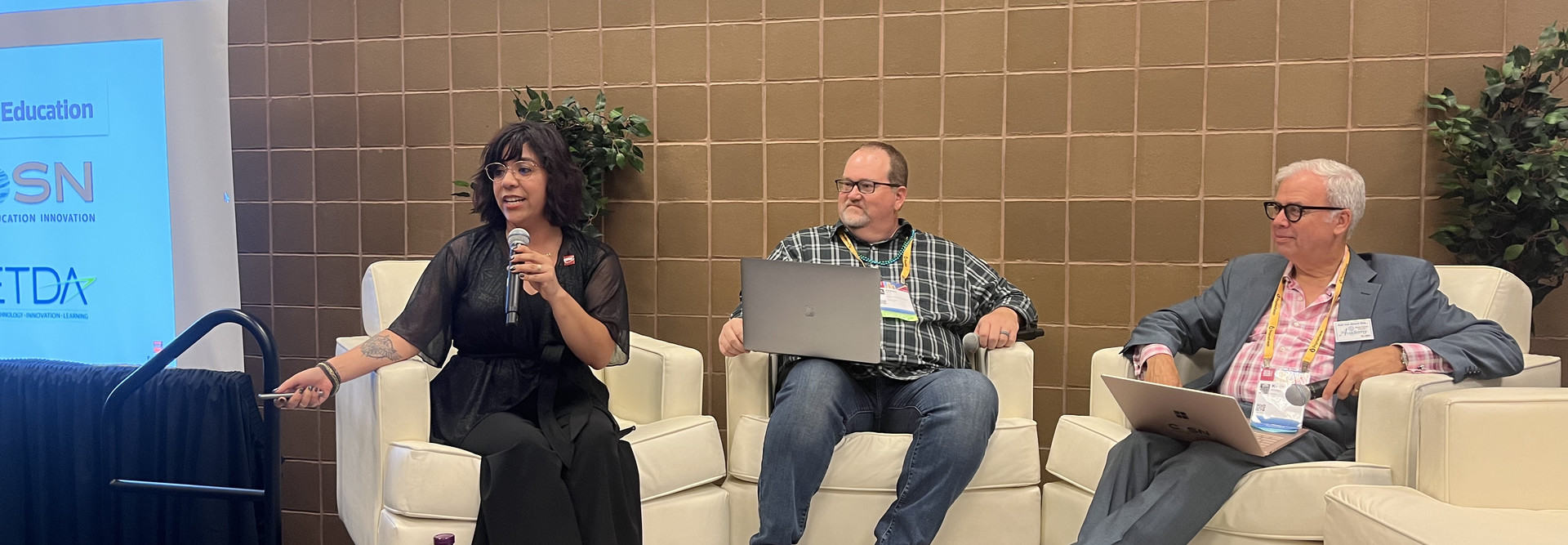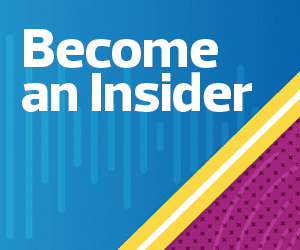Jason Bailey, director of innovation and design for the State Educational Technology Directors Association, said, “On the downside, some aren’t seeing the folks who had a thoughtful approach to virtual learning ahead of the pandemic, and they are now making policy based on people who are doing it badly. I can’t say enough that we need to distinguish between emergency remote learning and quality virtual learning.”
Bailey added, “Hybrid is supposed to combine the best of both in-person and virtual learning. However, when we say hybrid nowadays, many of us are thinking of ‘dirty hybrid,’ where teachers are teaching in-person and online students at the same time, and nobody wants that.”
Ari Flewelling, an educational strategist with CDW Education and a former high school teacher and in-district professional development provider, clarified: “Emergency remote learning is not blended learning, not flipped learning nor virtual learning. If you’re not trained or educated in this, like some of our stakeholders and some of our state-level legislators, you’re not going to know the difference.”
DIVE DEEPER: Without digital equity, students lose the opportunity to learn.
Educators Must Understand Various Types of Digital Equity
Panelists also noted that having a true understanding — especially among policymakers — of what digital equity entails will go a long way toward improving access. Flewelling pointed to the Office of Educational Technology in the U.S. Department of Education, which has found that digital equity is built on availability, affordability and adoption.
“We also know equity is giving people what they need, not giving everyone the same thing,” Flewelling said. “When we are giving students devices, we must ask: Is that really the right device for their program of study? The right device for their accessibility?”












